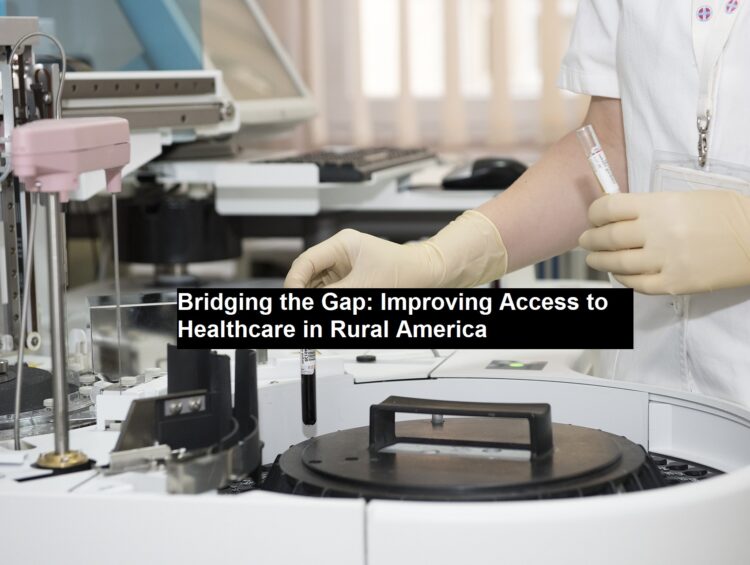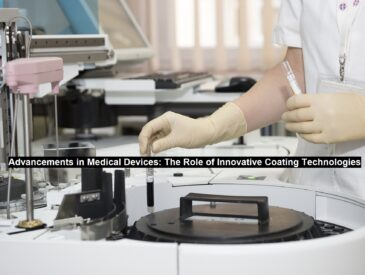Access to healthcare in rural America remains a significant challenge, with millions of residents facing barriers that urban populations often take for granted. Geographic isolation, limited medical facilities, and a shortage of healthcare providers create a perfect storm that leaves rural communities underserved.
For those living in these areas, the lack of accessible healthcare often translates into delayed diagnoses, untreated chronic conditions, and poorer overall health outcomes compared to their urban counterparts.
One of the primary obstacles is the sheer distance many patients must travel to receive care. Rural hospitals and clinics are often sparse, and specialist services can be hundreds of miles away. This challenge is exacerbated by transportation issues, economic hardships, and a lack of comprehensive insurance coverage, further widening the healthcare gap.
Innovative solutions, such as mobile infusion clinics, are emerging as a lifeline for rural patients. These clinics bring critical treatments, like intravenous therapies for chronic illnesses, directly to patients in their communities. By eliminating the need for long, costly trips to distant healthcare facilities, mobile infusion clinics not only improve convenience but also enhance the continuity of care, particularly for individuals with conditions requiring regular treatments.
Read: How Much is Too Much? When Cosmetic Enhancements Become a Health Risk
Addressing healthcare disparities in rural America requires a multifaceted approach, combining policy reforms, technological innovations, and community-based initiatives.
As models like mobile infusion clinics demonstrate, targeted solutions can bridge gaps in access and help ensure that all Americans, regardless of where they live, have the opportunity to lead healthy, productive lives.





